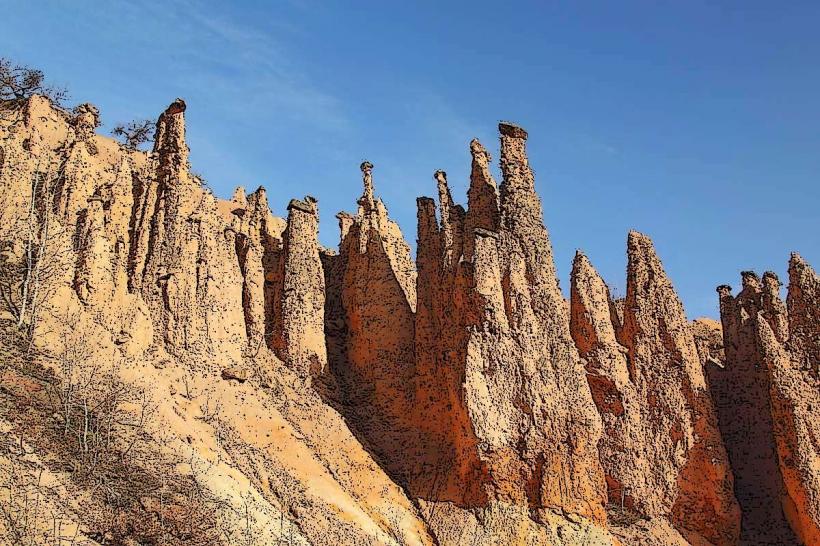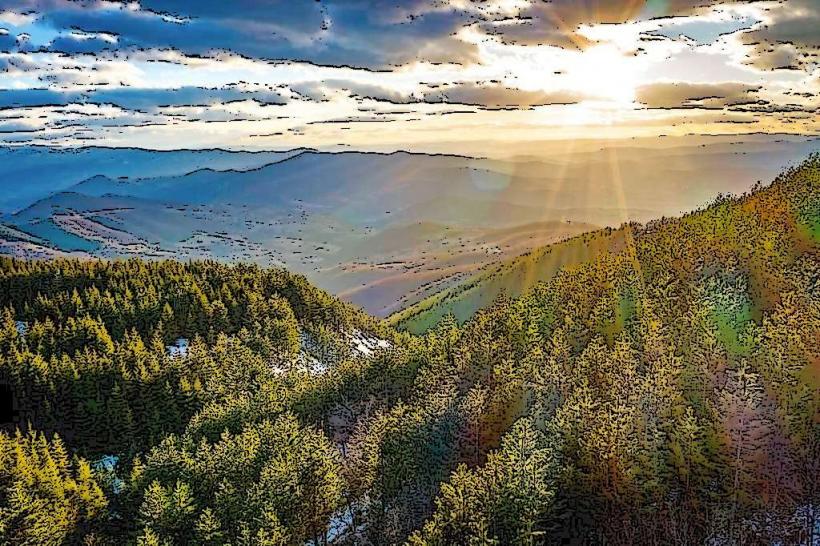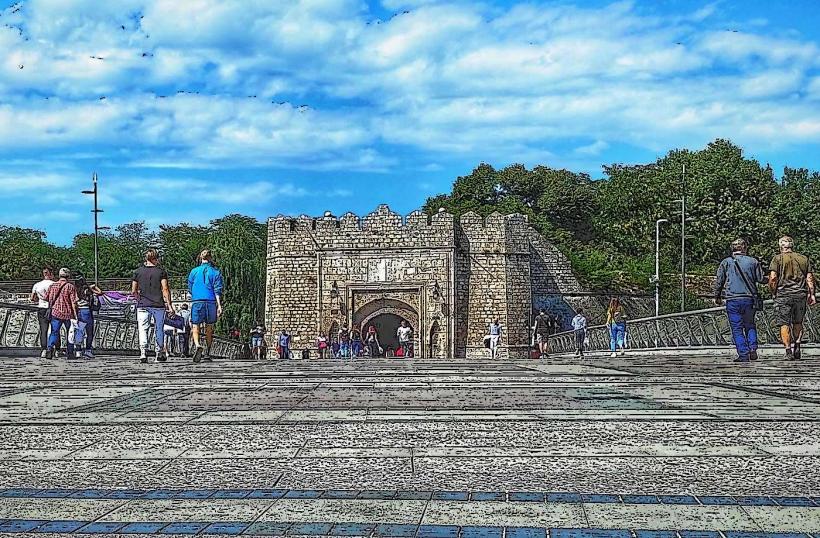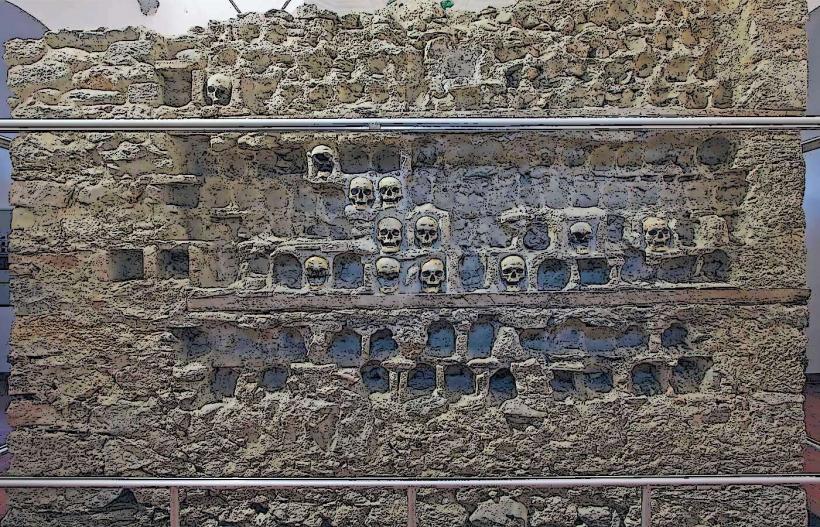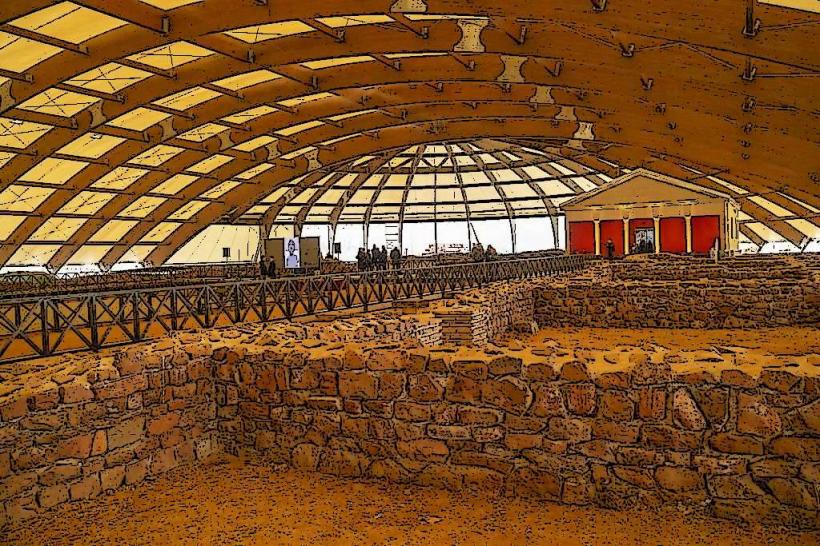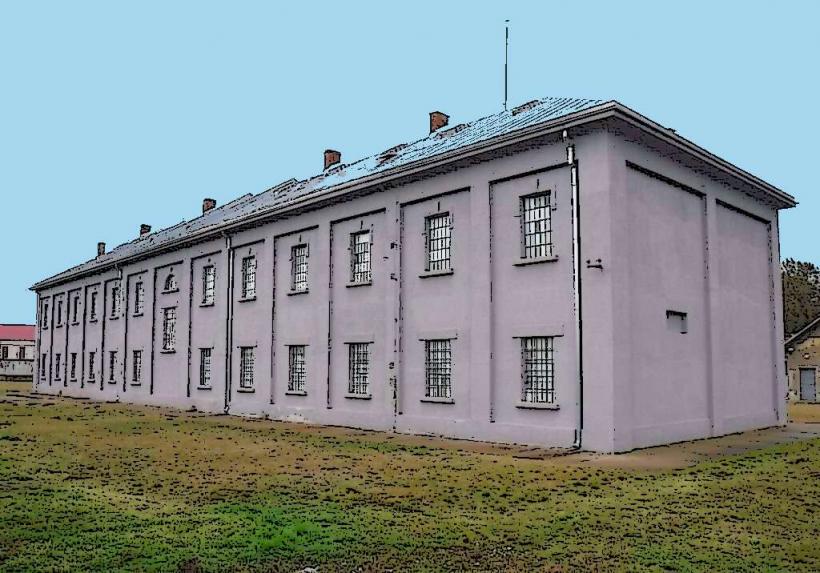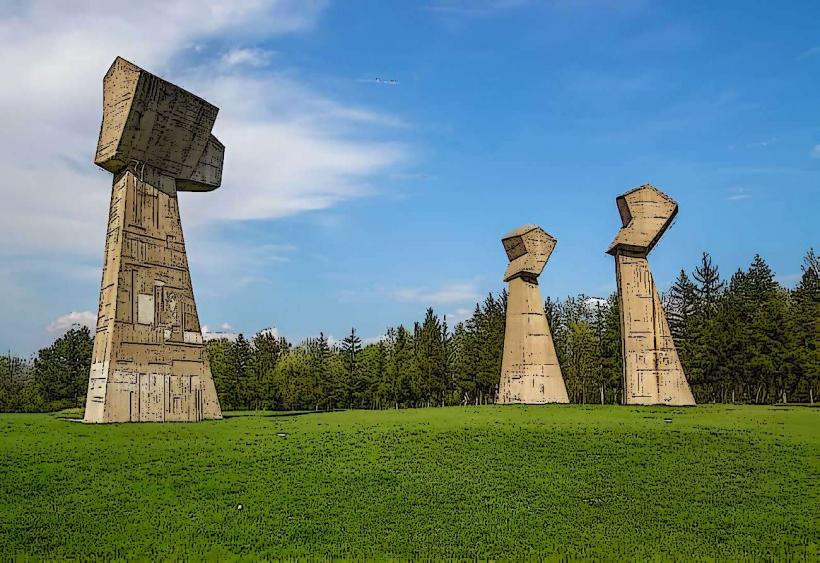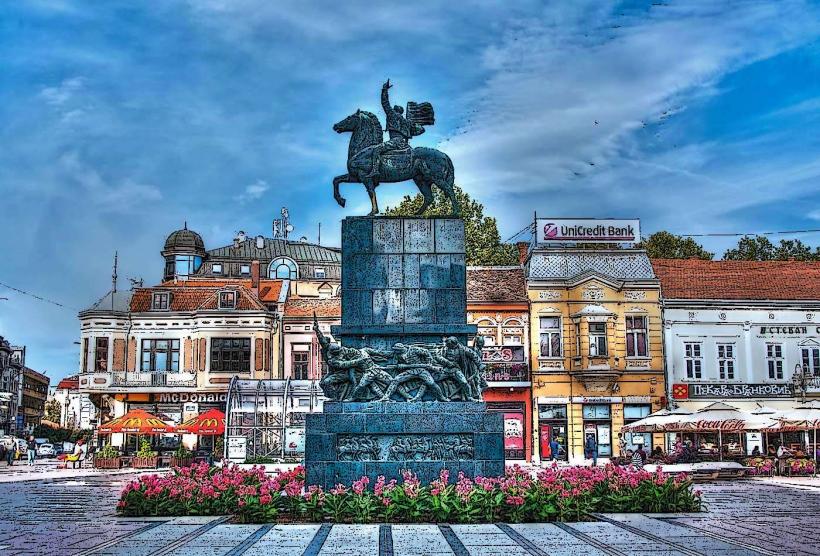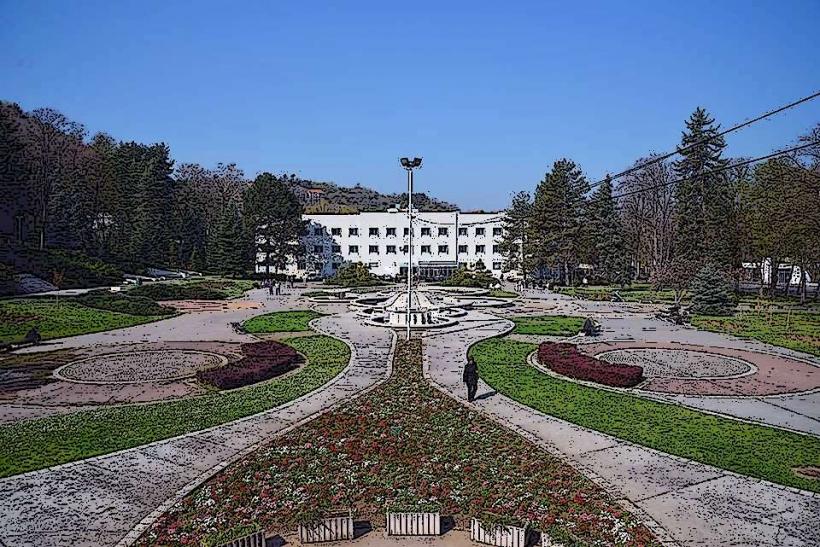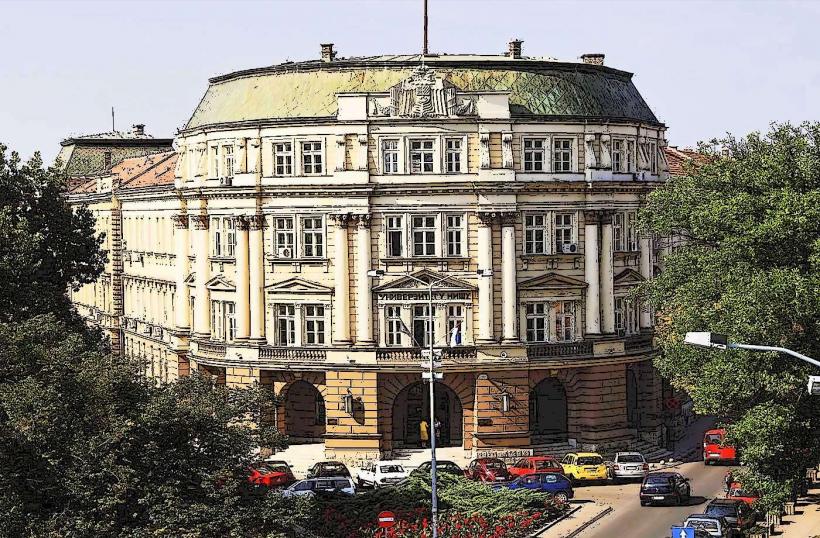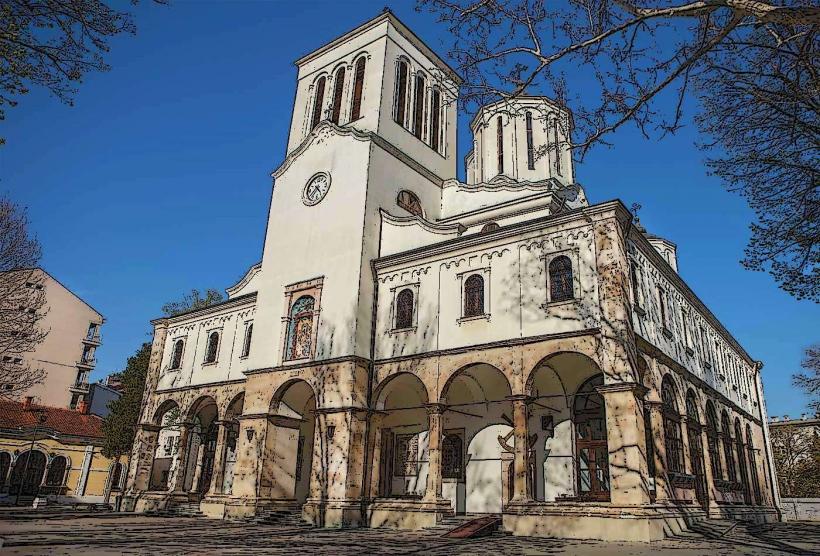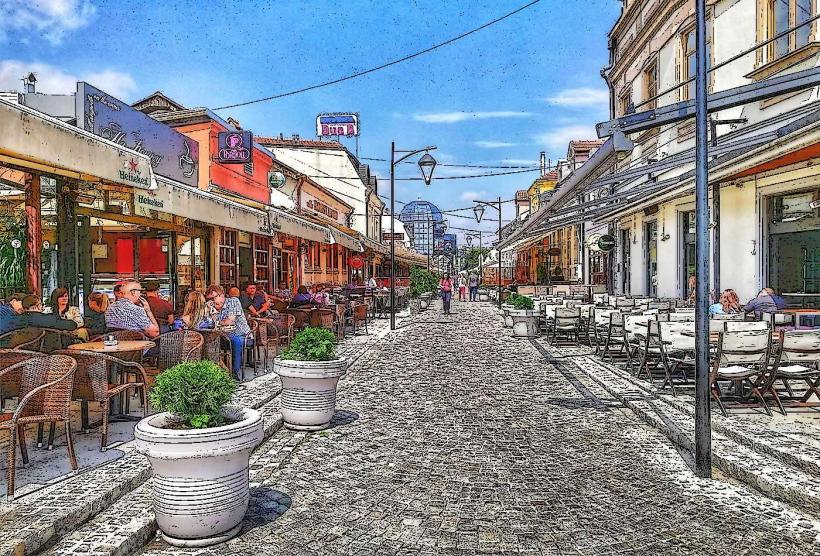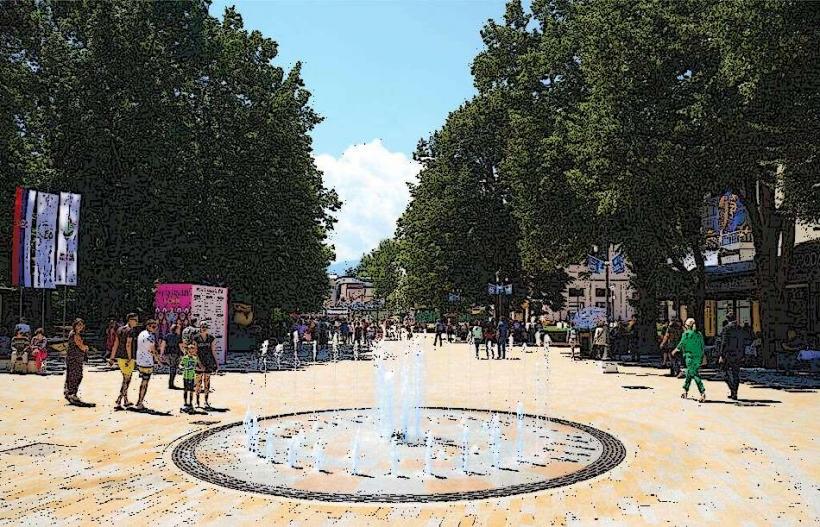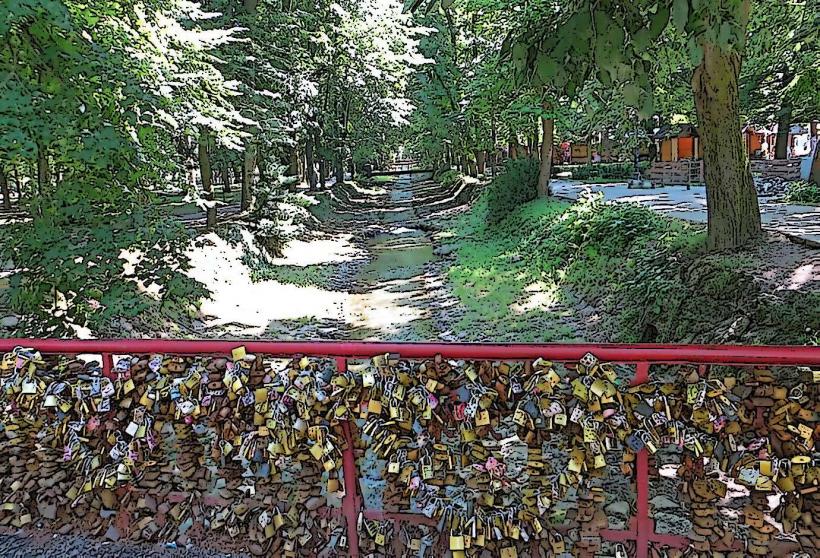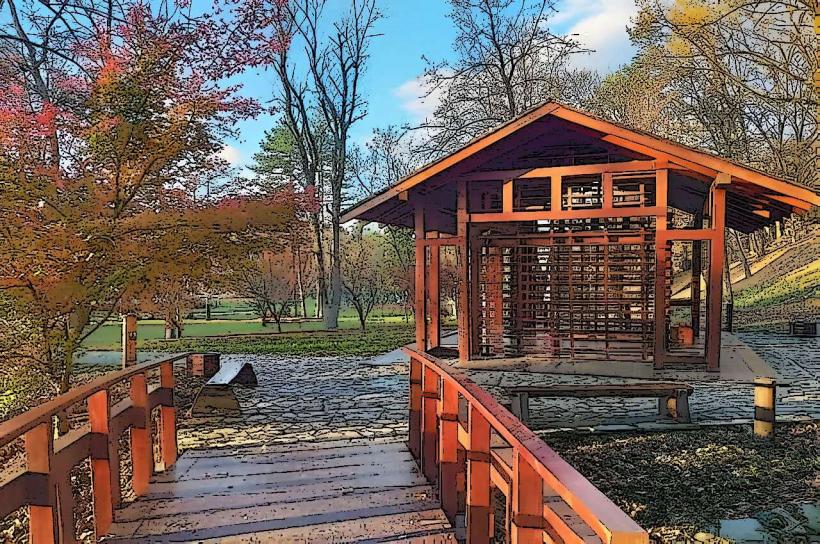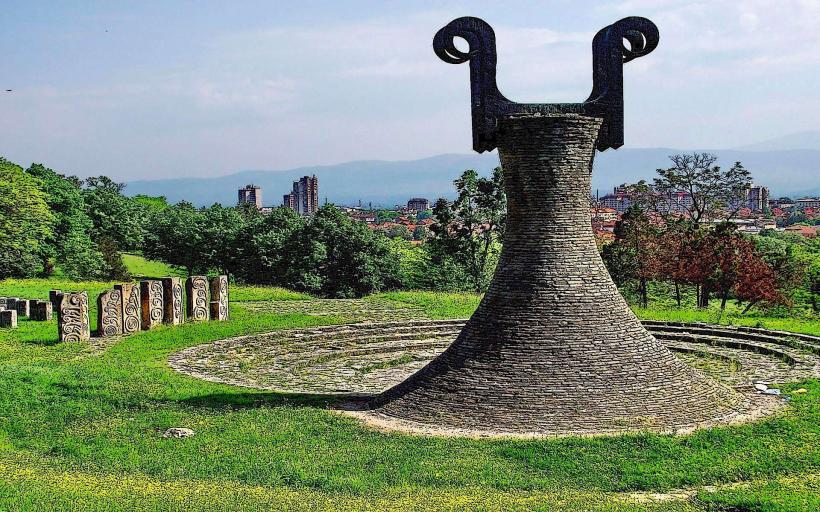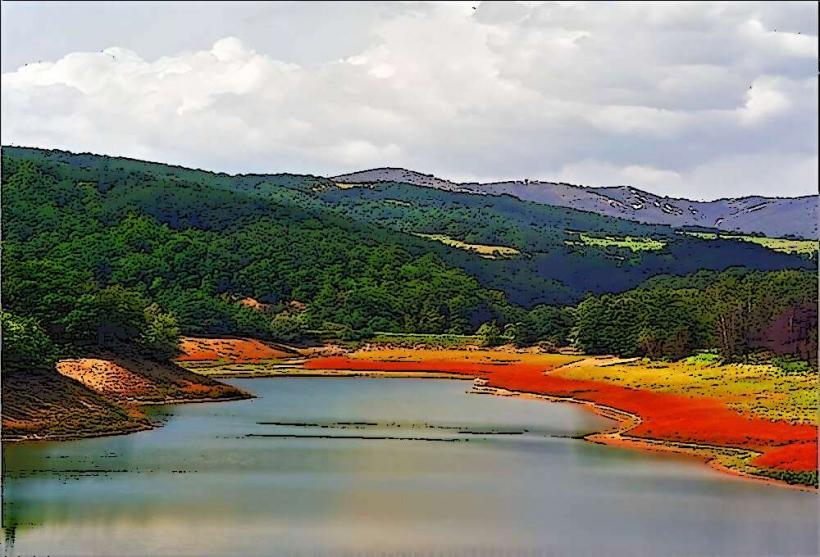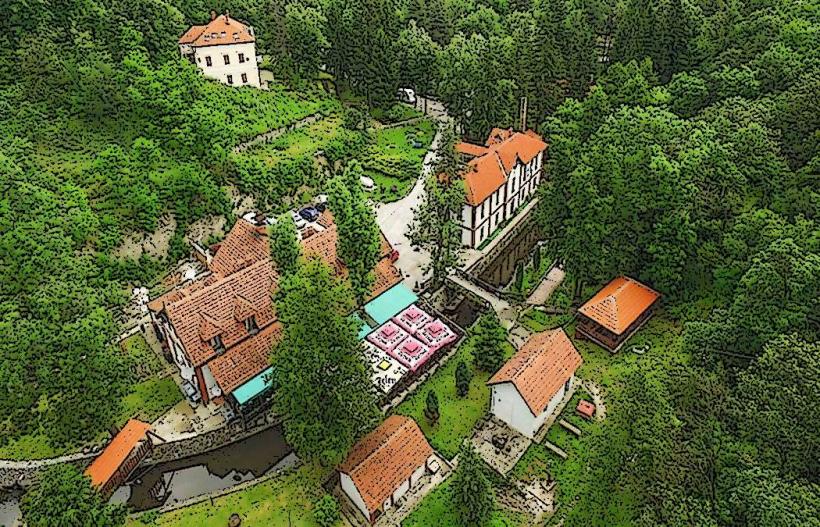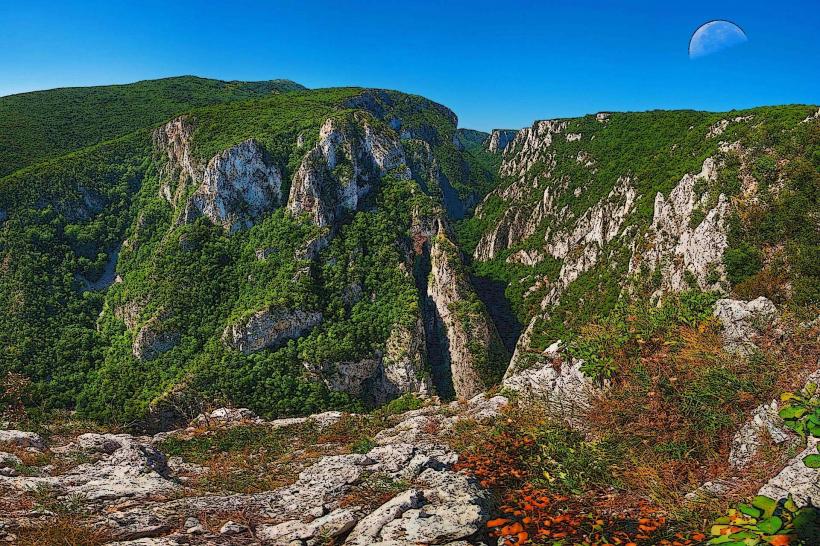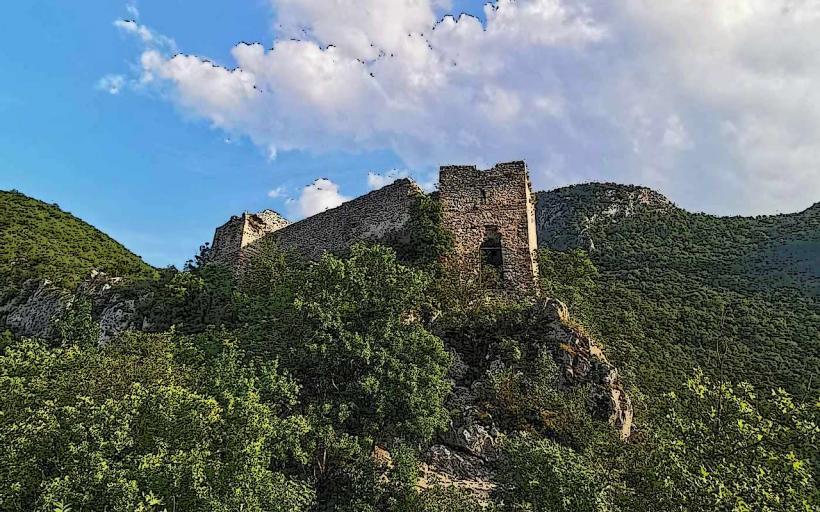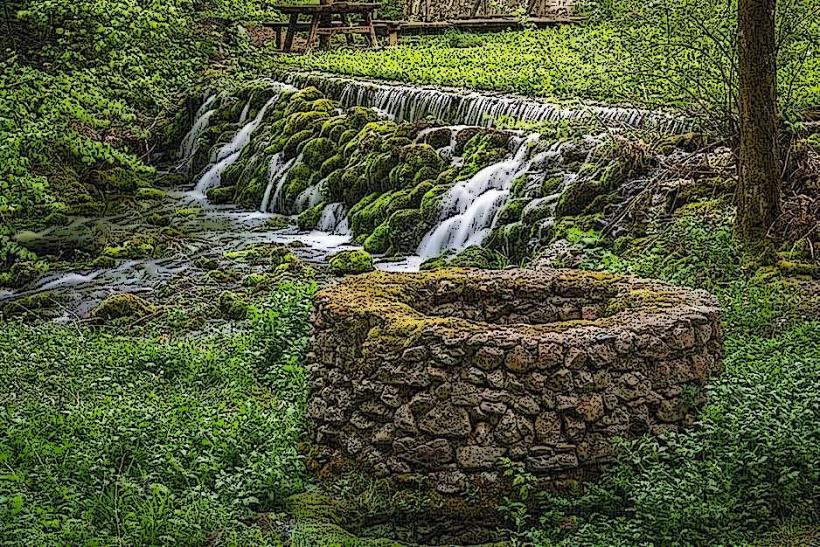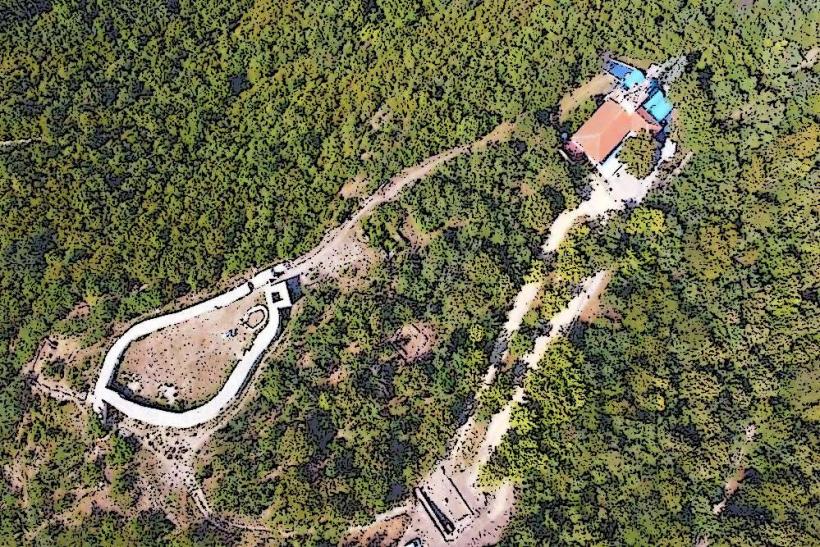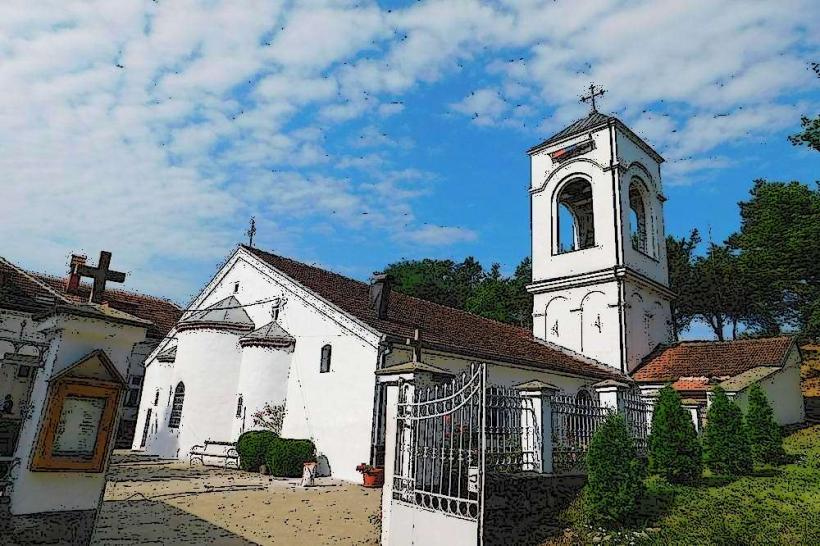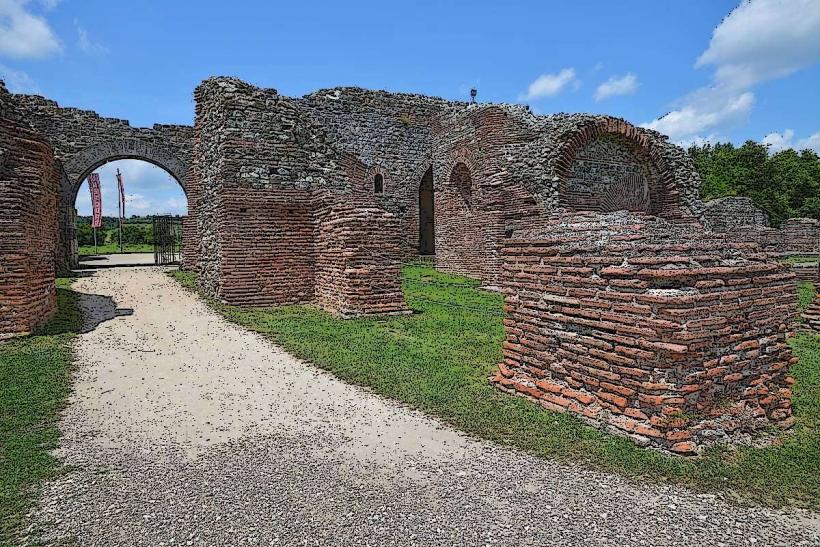Information
Landmark: Leskovac MuseumCity: Nis
Country: Serbia
Continent: Europe
The Leskovac Museum is a significant cultural institution in the city of Leskovac, located in southern Serbia. The museum plays a key role in preserving and showcasing the rich history, culture, and traditions of the region. It offers a diverse collection of artifacts, exhibits, and programs that highlight various periods of history, from prehistoric times to the present day.
History and Establishment
The Leskovac Museum was founded in 1950 and has since been dedicated to preserving the cultural heritage of the Leskovac area and surrounding regions. The museum is housed in a historically significant building, which itself adds to the atmosphere of the exhibits. Over the years, the museum has grown into a central institution for cultural activities and historical research in southern Serbia.
Exhibitions and Collections
The Leskovac Museum has a wide range of exhibits covering various aspects of the region's history, art, and culture. Some of the main collections include:
Archaeological Collection: This collection showcases artifacts from the Prehistoric, Roman, Byzantine, and Medieval periods. It includes pottery, tools, weapons, and coins that illustrate the development of human settlements in the Leskovac area over thousands of years. One of the highlights of this collection is the Roman and Byzantine artifacts, which reflect the region's importance during the Roman Empire and the Byzantine period.
Ethnographic Collection: The museum’s ethnographic collection highlights the traditional life of the people of southern Serbia. It includes folk costumes, tools, handicrafts, and other items used by rural communities in the past. The collection provides valuable insight into the customs, traditions, and lifestyles of the region’s inhabitants, especially in terms of agriculture, craftsmanship, and family life.
Historical Collection: This section of the museum focuses on the modern history of Leskovac and the surrounding area. It includes exhibits on the Ottoman period, the First and Second World Wars, and the more recent Yugoslav era. The collection features documents, photographs, and memorabilia from significant events, as well as the history of Leskovac’s development as an industrial and cultural center.
Art Collection: The museum also holds a selection of paintings, sculptures, and graphic art. This collection showcases the work of local and regional artists, as well as contributions from national artists, reflecting the artistic heritage of the area. The art collection often rotates with temporary exhibits of modern and contemporary art.
Temporary Exhibitions: The museum regularly hosts temporary exhibitions that focus on specific themes, artists, or periods of history. These exhibits often highlight special events or topics of current interest, allowing the museum to remain a dynamic and evolving cultural space.
Educational and Cultural Programs
In addition to its permanent exhibits, the Leskovac Museum is actively involved in educational and cultural programs. The museum regularly organizes:
- Workshops for children and students, focusing on the history and traditions of the region.
- Lectures and conferences on various topics related to archaeology, history, and culture.
- Cultural events, including concerts, film screenings, and performances that are often held in the museum’s facilities or in collaboration with other local institutions.
Visiting the Museum
The Leskovac Museum is an important stop for anyone interested in learning more about the history, culture, and traditions of southern Serbia. The museum is well-organized and offers visitors a comprehensive view of the region’s heritage, from ancient times to modern-day Leskovac. The staff is knowledgeable and often offers guided tours, making it an enriching experience for tourists and locals alike.
Conclusion
The Leskovac Museum is a vital institution for preserving and presenting the history and culture of the Leskovac region. With its diverse collections, educational programs, and cultural events, the museum provides an invaluable resource for anyone interested in exploring the rich heritage of southern Serbia. Whether you’re interested in archaeology, ethnography, history, or art, the Leskovac Museum offers something for every visitor.

